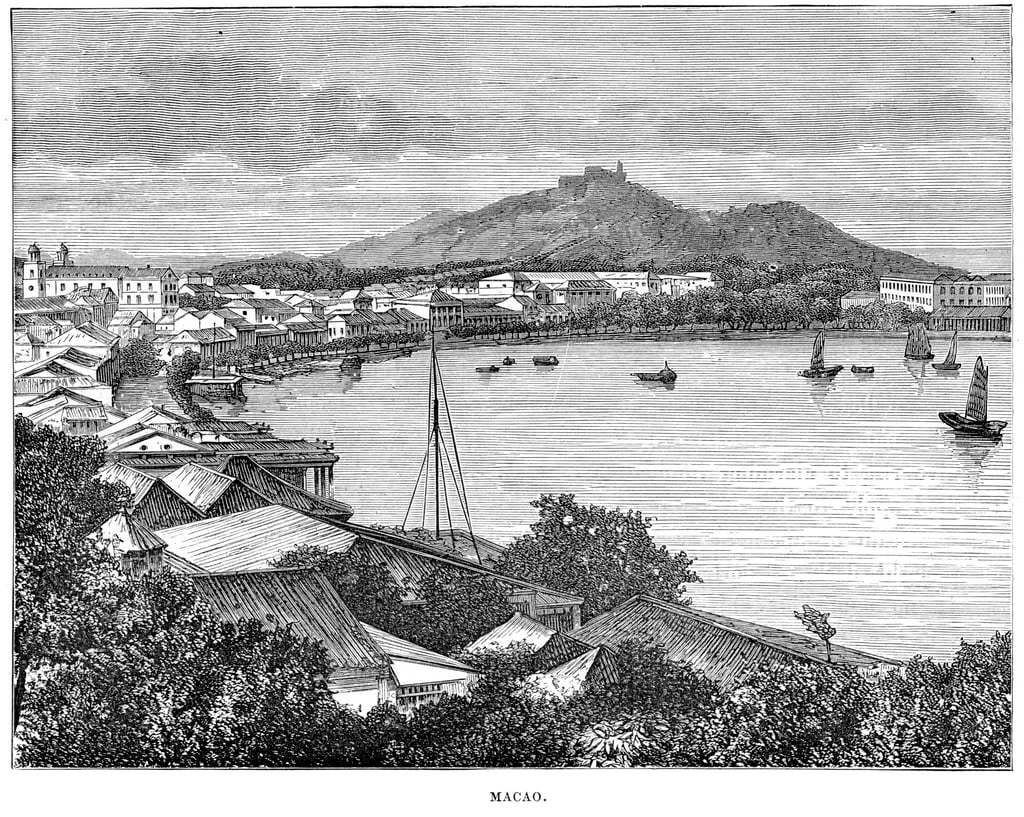How Macau birthed the world’s first fusion cuisine, mixing Portuguese and Chinese traditions
- Classic dishes like minchi, tacho and galinha a Africana have not travelled further because ‘there are not many cooks who can do it properly’

In the mid-16th century, China’s Ming dynasty leased Macau as a trading post to Portugal. In doing so, it sowed the seeds that would sprout into one of the world’s first and most compelling fusion cuisines.
Today, many of the millions of annual visitors to Macau make a point of trying local dishes such as the ubiquitous pastel de nata – in its original form, that is, unlike the pastry so widely enjoyed across Asia that even KFC offer their own take on the local egg tart. Or minchi, a dish made with minced pork or beef, and understood even in Hong Kong to describe a dish that bears a resemblance to the Malay dish nasi lemak.
“[Macanese cuisine] is a fusion of Malaccan, Chinese and Portuguese foods and eating traditions,” explains Manuel António de Jesus, owner of the recently closed Macanese restaurant Cozinha Aida and son of the late Aida de Jesus, the celebrated “godmother of Macanese cuisine” who owned and operated the renowned Riquexó restaurant.

Culinary historian Dr Janet Boileau confirms that Macau’s particular local cuisine owes much to the city’s unique history.
“It is closely linked to a cultural heritage and way of life,” she says. “The cuisine changes as access to ingredients changes, and cultural context changes.”
Visit any authentic Macanese restaurant and a glance at the menu makes clear how local dishes mix different culinary traditions.
Tacho, a popular European-style stew makes good use of pork offal and offcuts – ingredients not unlike the innards you might see served with hotpot or in regional street food.
